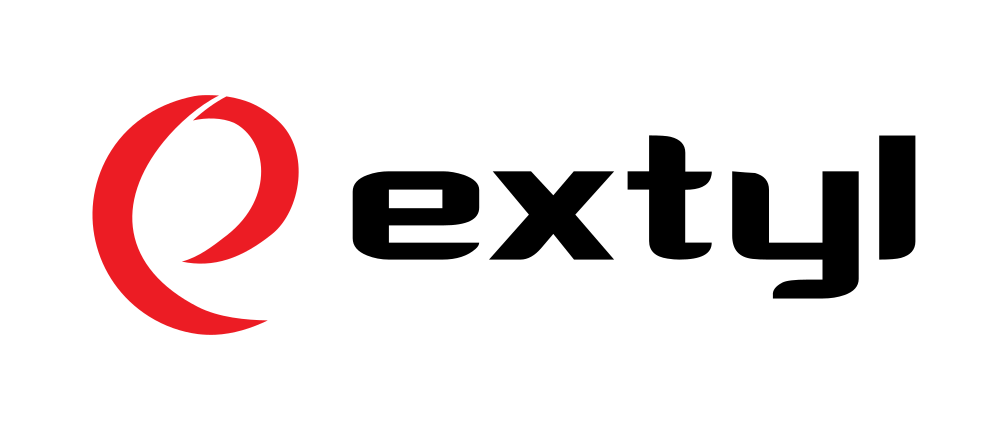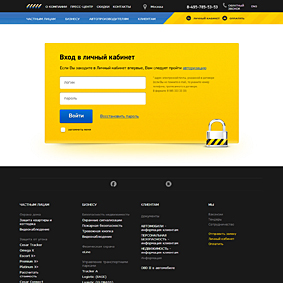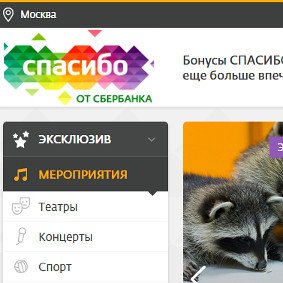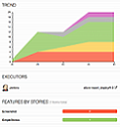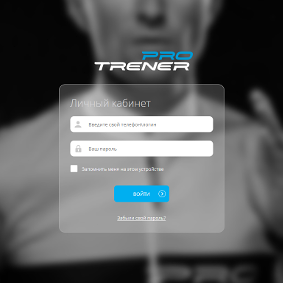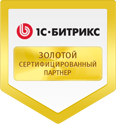Design and Architecture
We write separate TORs: one describes UX (user experience when working with LC) and the logic of work, the second - interaction with external systems of the Customer: 1C, ERP, AXAPTA, SAP systems and so on.
Our team interacts with the Customer’s IT service and finds out: is there an API or should it be written, are we changing data through requests or a queue server (RabbitMQ, ZMQ). If necessary, use Swagger to create an API - today it becomes the standard, for example, in our project with Rostelecom.
After the design, we conduct an architecture audit: are there no redundant or incomplete requests, will the system work quickly?
Team
Already at the start of the project, we introduce the customer to the team. Typical staff: project manager, analyst, technical writer, 1-3 programmers, designer, technologist and 1-2 QA specialists. As usual, all this is supported by top management: technical and account directors.remembers everything, is responsible for everything and stays with you
with further development of the project.
Development methodology
Development is carried out according to one of three methodologies:
Example: b2b Informat with a personal account with a complex role model and integration with AXAPTA. We launched the project in 5 months.
— Urgent. Here the steps go in parallel, for example, having drawn only the main page of the site, we are already submitting it to layout. Or having made up half the layouts, we begin their implementation. It allows you to save a term in half, but also costs 50-100% more expensive.
Example: Personal account for System-Capital («AFC «System») — parallel development of the site and personal account + parallel execution of the stages of work (2 and 3 months, respectively, on the site and the Personal Account).
— Agile. A flexible methodology, ideal for corporate portals, where it is more correct to approve and do one task than to design what is outdated by the time of approval. Agile consists of weekly sprints, and each week you can manage the development and change the vector of development of the project.
Example: «Thanks from Sberbank» — 2 months of initial development and further gradual integration of new bank partners.
Production: development scheme, version control, auto tests.
In the process of writing a technical task, we form a block diagram of a site with dependencies: this allows you to program in stages, as well as give parallel tasks to programmers.
Using the version control system, several programmers can be put on a project at once, and their changes are easy to track. The same technology is applied to further support site.
Project completion: autotests, load testing, PMI
We are writing a special document: program and test procedure. The system is commissioned on it. Also, when we submit the project, we write self-tests (Selenium), then in Allure we look at visual reports on their passage.
Load testing is performed on the Customer’s server, we use Yandex.Tank and a number of services.
Support and maintenance
After completion we accompany the project, using Jenkins for continuous integration - continuous shipping of updates, and GIT for version control.
Technologies and frameworks
Web: PHP (1С-Bitrix, Laravel, Symfony, YII, ZEND), Java2EE, ASP.net (C#), Ruby, Python.
Mobile: SWIFT, Objective C, java, React.
Testing: Jenkins, Selenium, Cucumber, Calabash, JUnit, Allure.
Integration of a site with 1C and other systems
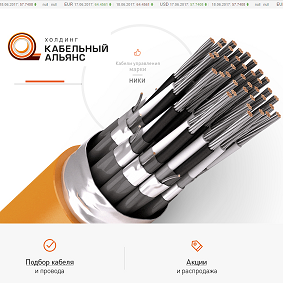
An example of complex integration with 1C: ERP - holding site 'Cable Alliance'
At this stage, we work with the customer's IT service: we develop exchange APIs, design data exchange channels. Result: one- or two-way exchange with 1C, ERP, AXAPTA, SAP and more 20+ less well-known accounting and automation systems.
Here we described integration cases with 1C, and here is list of integrations with other systems.
DevOps and highload
We have our own DevOps engineers: we will build the optimal update deployment scheme, configure the cluster, and conduct load testing. And after the launch of the project, we will provide 24/7 supervision.
What stands out

Quality standards. In 2018, we reaffirmed quality management standards: we are ISO certified 9001:2015 (download) и ISO 27001:2005 (download).
Development transparency. Clients see Studio employees in our Intranet system and communicate directly with them. Arrangements are fixed in tasks, information is not lost (unlike mail or phone).
Warranty period. We provide perpetual a guarantee for work, specialists will consult you on administration and further development of the project for free.
When are we most effective?
- in LK there will be online payment, a bundle with 1C or authorization through ESIA, and expertise is needed in such projects
- LC will be integrated with several systems at once, and not everyone has documentation
- for a number of works you need not only 'hands', but also a 'head', that is, analytics and consulting
- after start-up and trial operation, guaranteed support of the system is required up to 24/7
